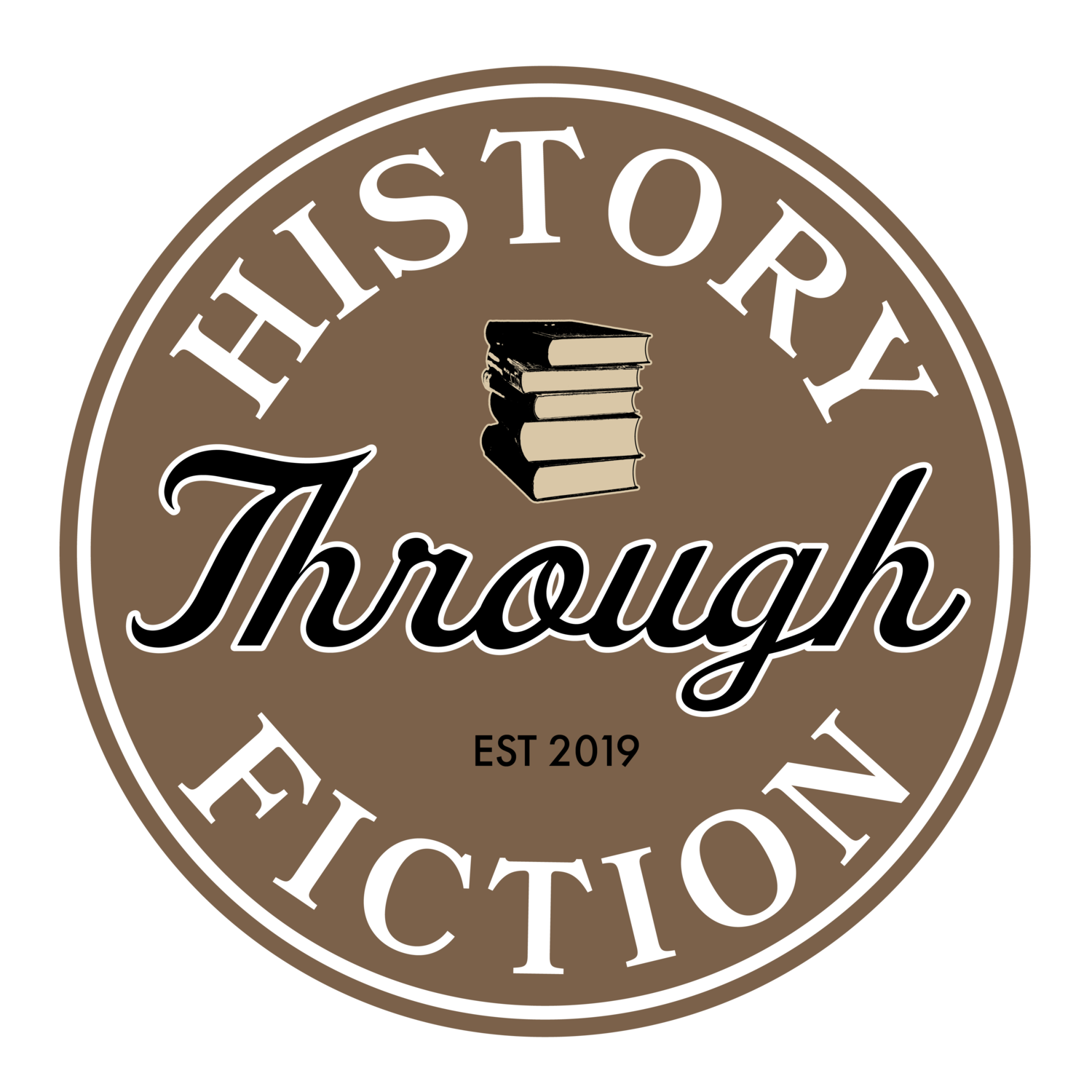Blending fact and fiction: The value and risks of disrupting the fictional dream.
“Don’t disrupt the fictional dream!”
This is the advice I often get from fiction editors and literature teachers. It’s not to be taken lightly. Fiction is an immersive experience that engulfs readers in an imaginary world. Using descriptive scenes filled with sensory detail, along with fully developed, complex, and convincing characters, the fiction reader is taken on an emotional ride of ups and downs, joys and sorrows. Anything that breaks the reader from their fictional trance should be strictly avoided.
But that task is much more complicated for the historical fiction author who seeks to reveal events of the past as they actually happened. Often, those events, and the people who lived them, don’t quite match with the imaginary fictional world, the established voice of the character, or the tone of the story. The historical author must be very clever to blend reality with imagination in a seamless mixture of fact and fiction.
At History Through Fiction, our authors take this task one step further. We believe that while the narrative should be immersive and the blending of fact and fiction should be seamless, it’s also important to provide readers the necessary tools to understand history beyond the emotional impact of the fictional dream. This means sharing their sources, being candid about their storytelling, and being diligent in their craft.
Profiles of Major Characters at the end of Burhalter’s novel, The Education of Delhomme.
While there are numerous methods for accomplishing this, each of our books uses one or more to provide readers with the facts and resources behind the story. For instance, in The Education of Delhomme: Chopin, Sand, & La France, author Nancy Burkhalter includes an annotated list of recommended resources for further reading. She also includes a profile of major and minor characters. This twenty-nine character list elucidates the real life historical figures in her novel by providing brief biographical sketches. By doing this the author shows that she is more than a fiction author, she is a historian, and her readers are enlightened not just by the story, but by the history.
In another example, our novel Resisting Removal: The Sandy Lake Tragedy of 1850 includes extensive chapter notes at the end of the narrative. These chapter notes, should the reader choose to take a break from the story, distinguish for readers precise instances where the author has fictionalized the narrative and where he has not. In these chapter notes, the author also cites exact sources, provides further contextual information, and describes what and how certain sources have been combined to create fictional scenes. After the chapter notes, the author has included an extensive bibliography of primary and secondary sources used in researching the history within the novel.
We don’t expect that every reader will be interested in investigating the history behind each story, but we do believe that including nonfiction elements within historical fiction does not detract from the story—it enhances it. It provides an outlet for curiosity and gives deeper meaning to the characters and their experiences. Historical fiction may exist as a part of a fictional dream, but it originates from real lives and real events. Readers should have access to the place from which their stories come, even at the risk of disrupting the fictional dream.
Colin Mustful is the founder and editor of History Through Fiction. He is the author of four historical novels about the settlement and Native history of the Upper Midwest. His books combine elements of fiction and nonfiction to tell compelling and educational stories. You can learn more about Colin and his work at https://www.colinmustful.com.


